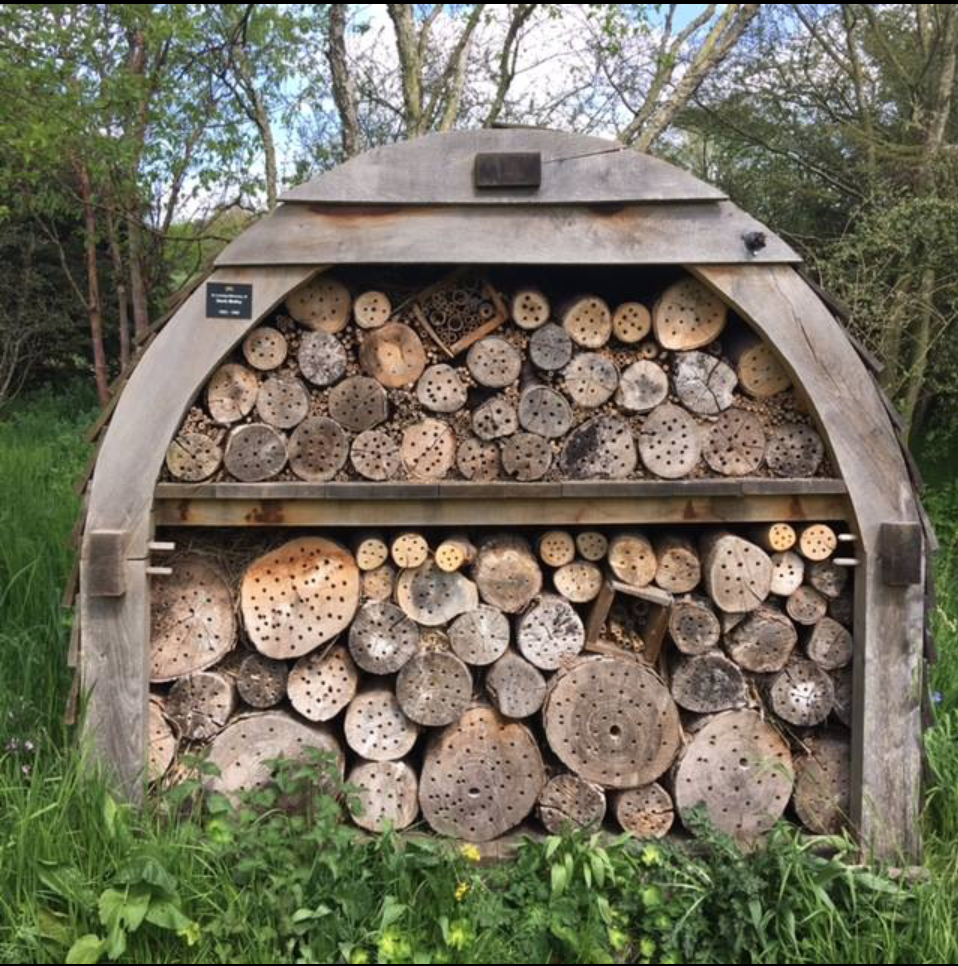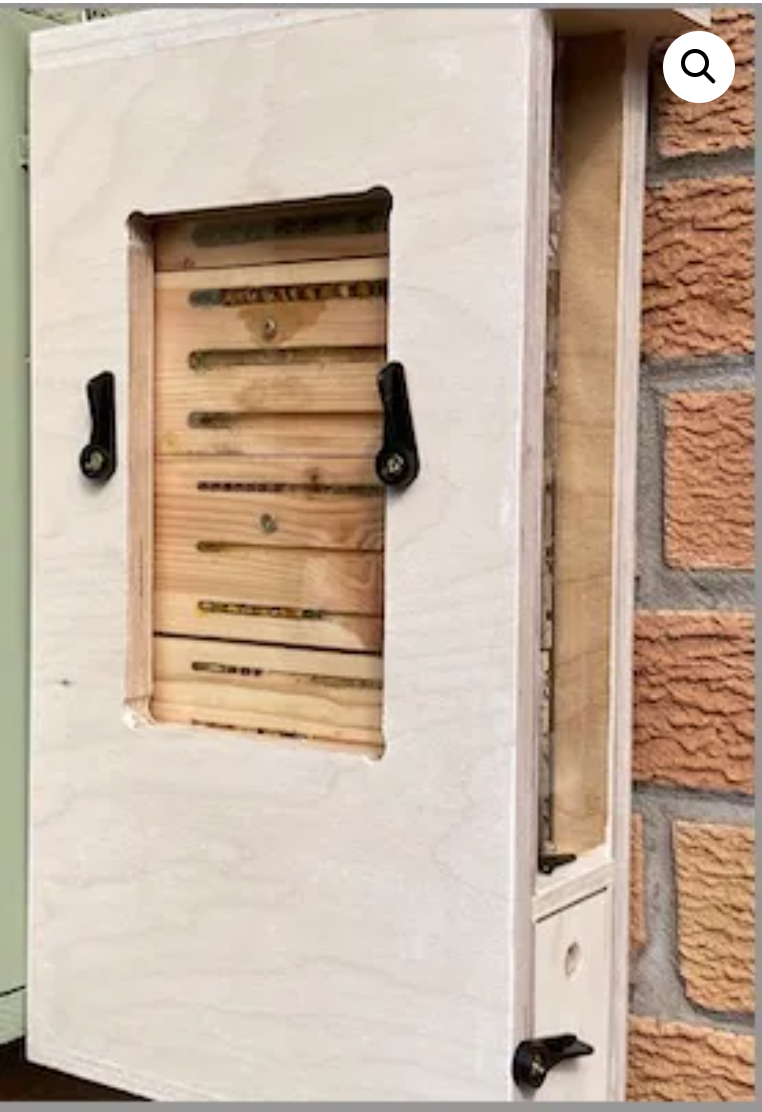86. Rewilding Ideas
I love the idea of creating mini-habitats in the garden; places where humans and wildlife have equal access. This one was spotted on the Gardeners World coverage of the Hampton Court Flower Show last night. It is part of the low-maintenance “Turfed Out” garden by Hamzah-Adam Desai.
He uses gabion baskets to create a garden seat that is also a wildlife hotel. The baskets provide the framework and are filled with logs, bricks, old pipes, sticks and other bits of rubble. It makes a perfect habitat for little creatures and a quiet occasional seating area for us larger ones.
His pink and purple low maintenance planting is designed to attract pollinators: magenta Dianthus carthusianorum and Agapanthus ‘Poppin’ Purple’ mixed with silverleaved plants such as Eryngium yuccifolium and Echinops ritro ‘Veitch’s Blue’.
I have come across a number of other clever designs for bug hotels over the years, but this one is the first I have seen that is designed for shared usage with humans. A really clever idea !
Nigel Dunnett is a well-known horticulturalist, plantsman and designer who specialises in re-wilding urban spaces. On a recent trip to Sweden he discovered this innovative way of using gabion baskets to re-wild urban residential areas, and in Malmo came across what is allegedly the largest bug hotel in the world.
Another interesting bug hotel is this solitary bee observation nest box. I spotted it on the BBC’s Wild Gardener programme when wildlife photographer Colin Stafford-Johnson used it in the rewilding of his childhood garden in Ireland. Designed specifically for solitary bees eg. red mason bees and leaf cutter bees, the window allows you to observe them nesting and more importantly to remove debris and pests from the nesting channels on a regular basis. I wasn’t aware this was needed so am re-assessing my current bug hotels which haven’t been cleaned in the 20+ years I have had them. Something else to add to the wish list.












